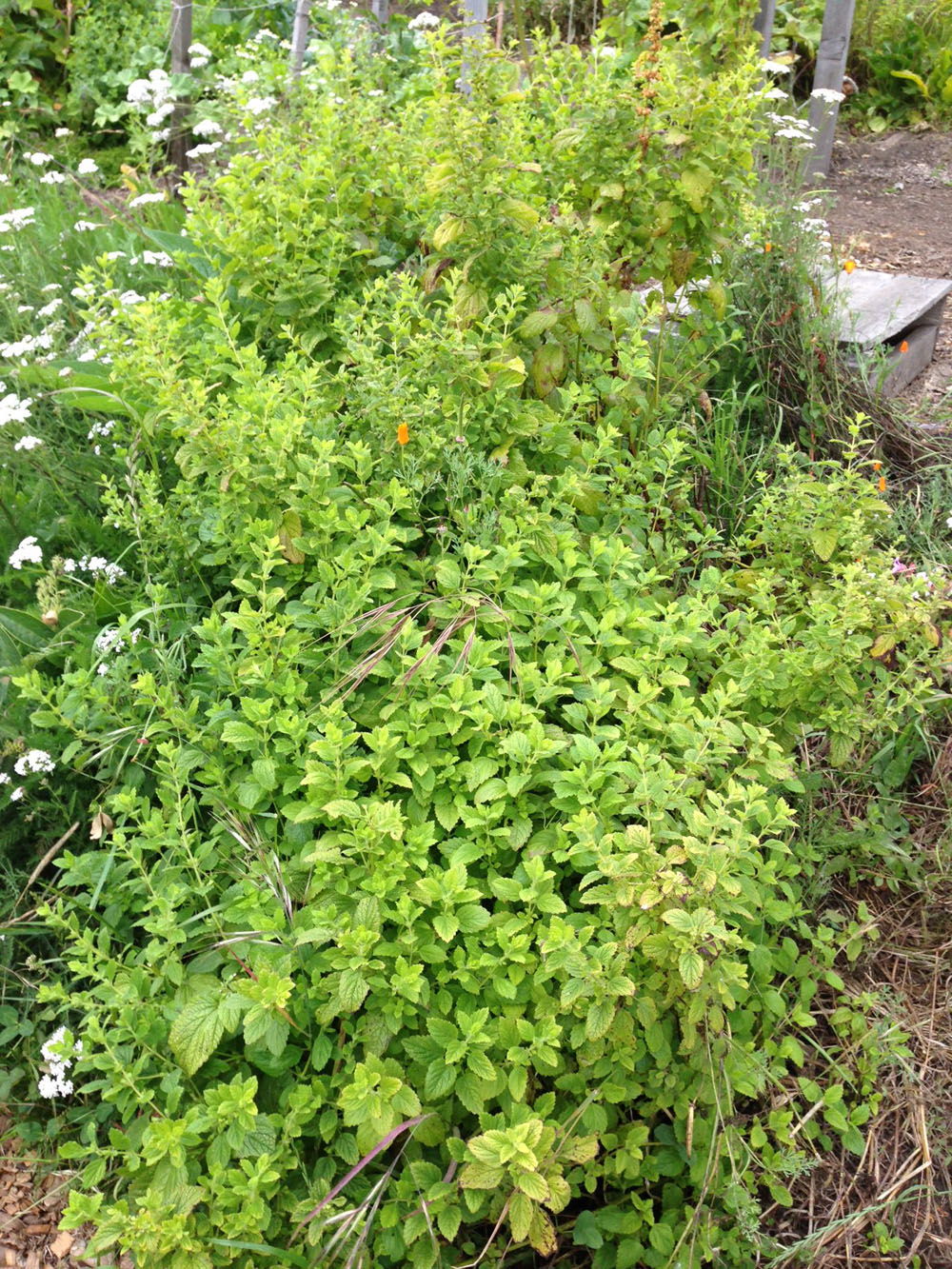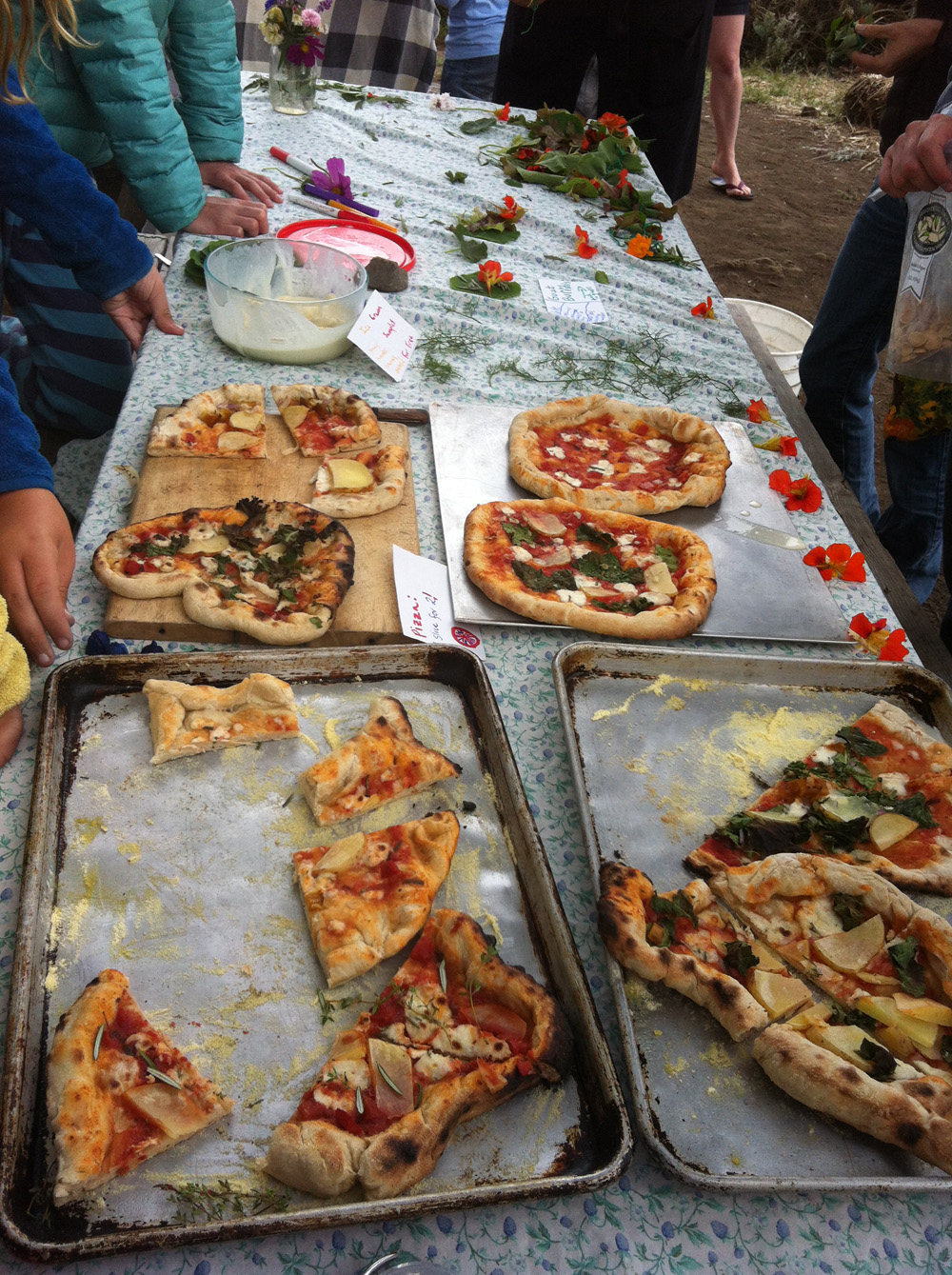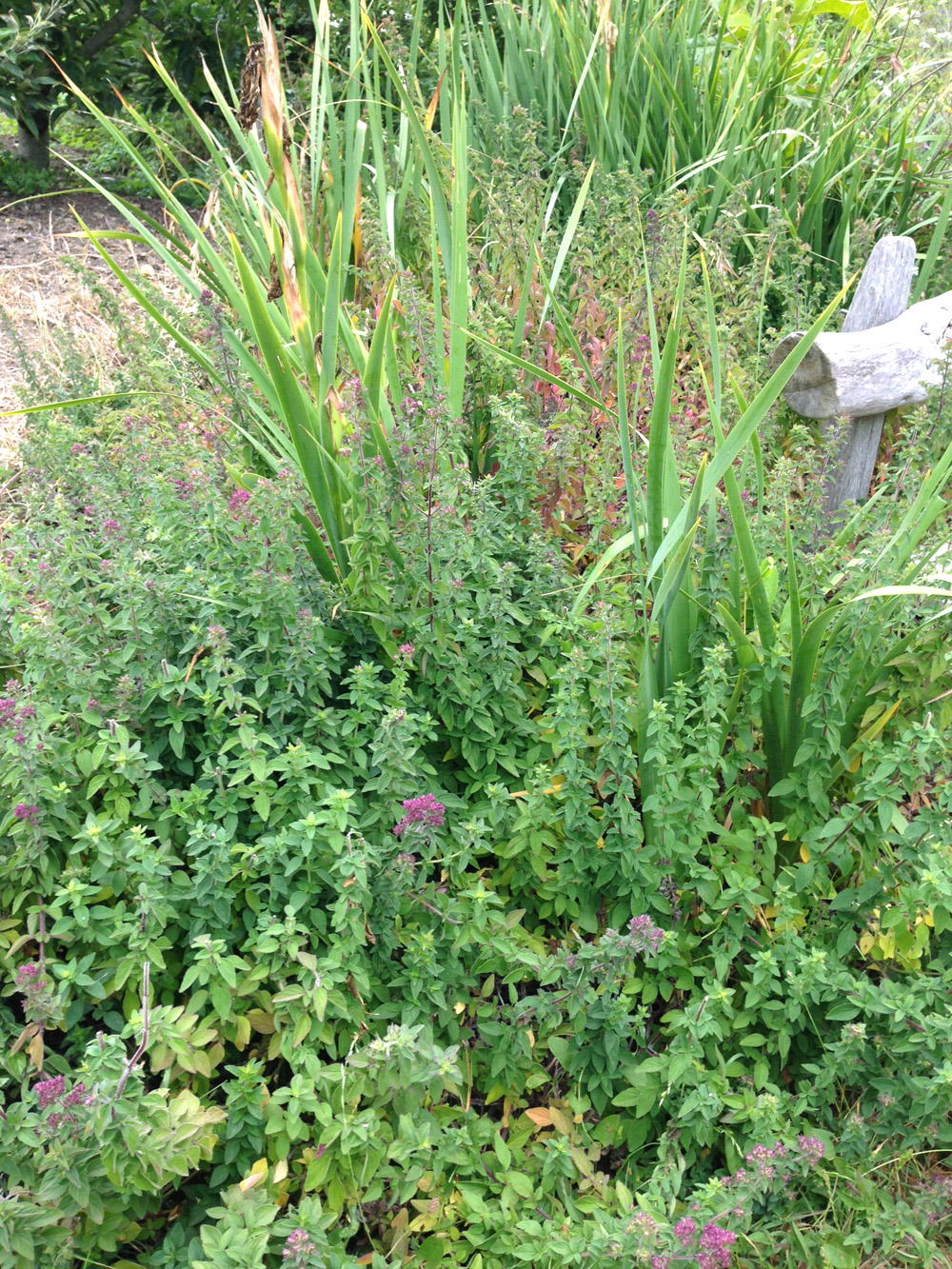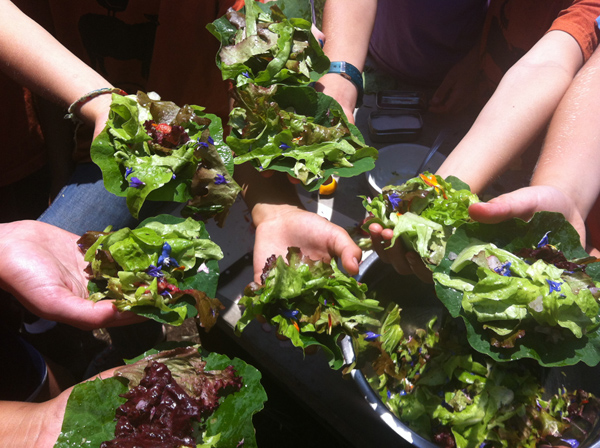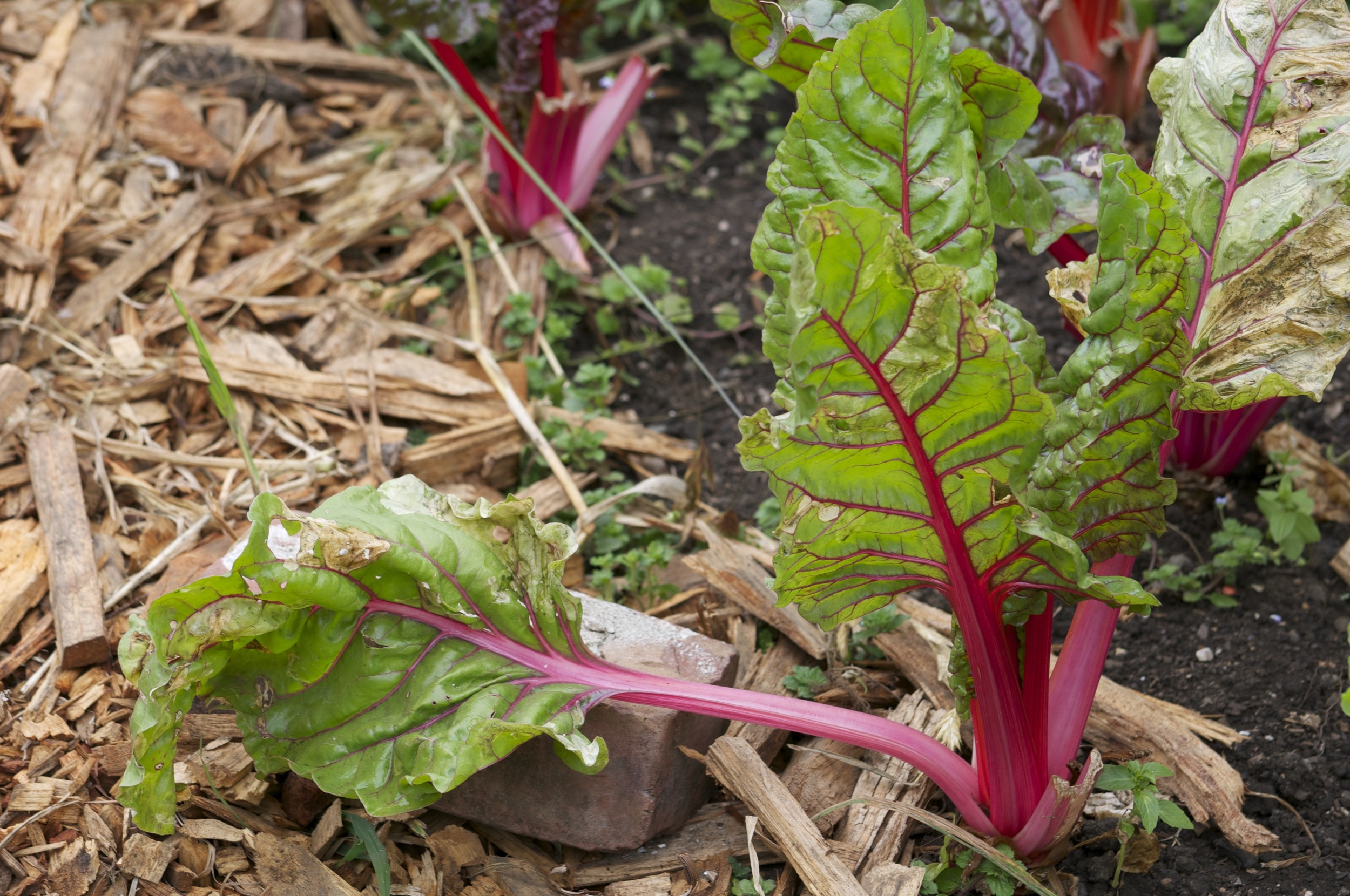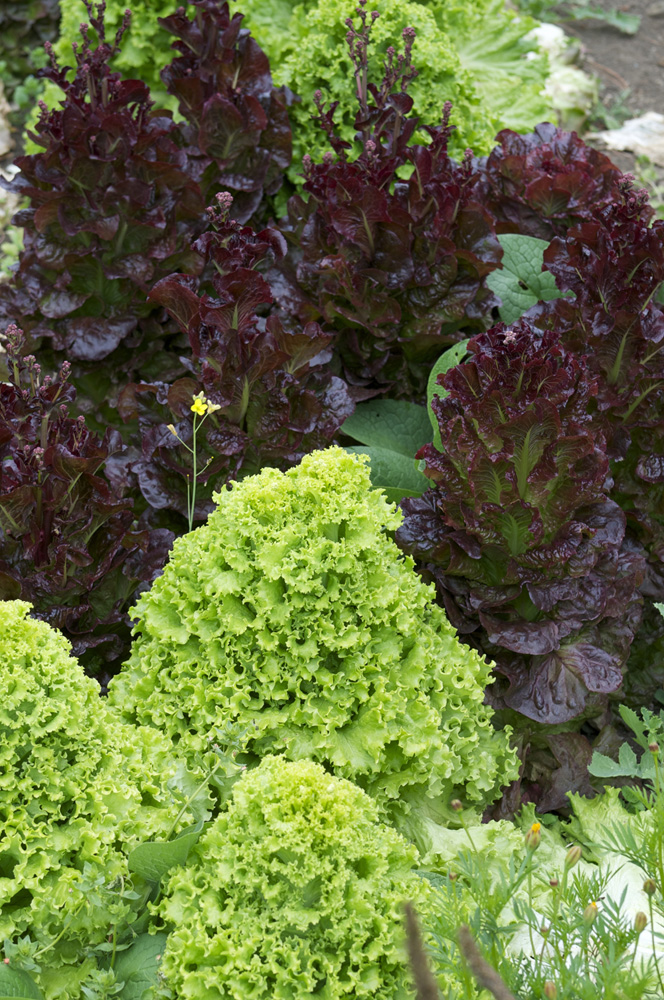Looking for a different way to prepare leafy greens? Try kale chips, which, through the simple magic of baking, transform kale leaves (which we love) into crisp, light snacks (which we also love).
No need to stop at salt and olive oil for toppings; experiment. We've seen kale chips made with nutritional yeast, Parmesan cheese, and soy sauce.
1 bunch lacinato kale
1 teaspoon of salt
1 tablespoon of olive oil
Preheat an oven to 350 degrees F (175 degrees C). Line a cookie sheet with parchment paper. With a knife or kitchen shears carefully remove the leaves from stems and tear into bite size pieces. Wash and thoroughly dry kale with a salad spinner. Drizzle kale with olive oil and sprinkle with salt. Bake until the edges brown but are not burnt, 10 to 15 minutes.






